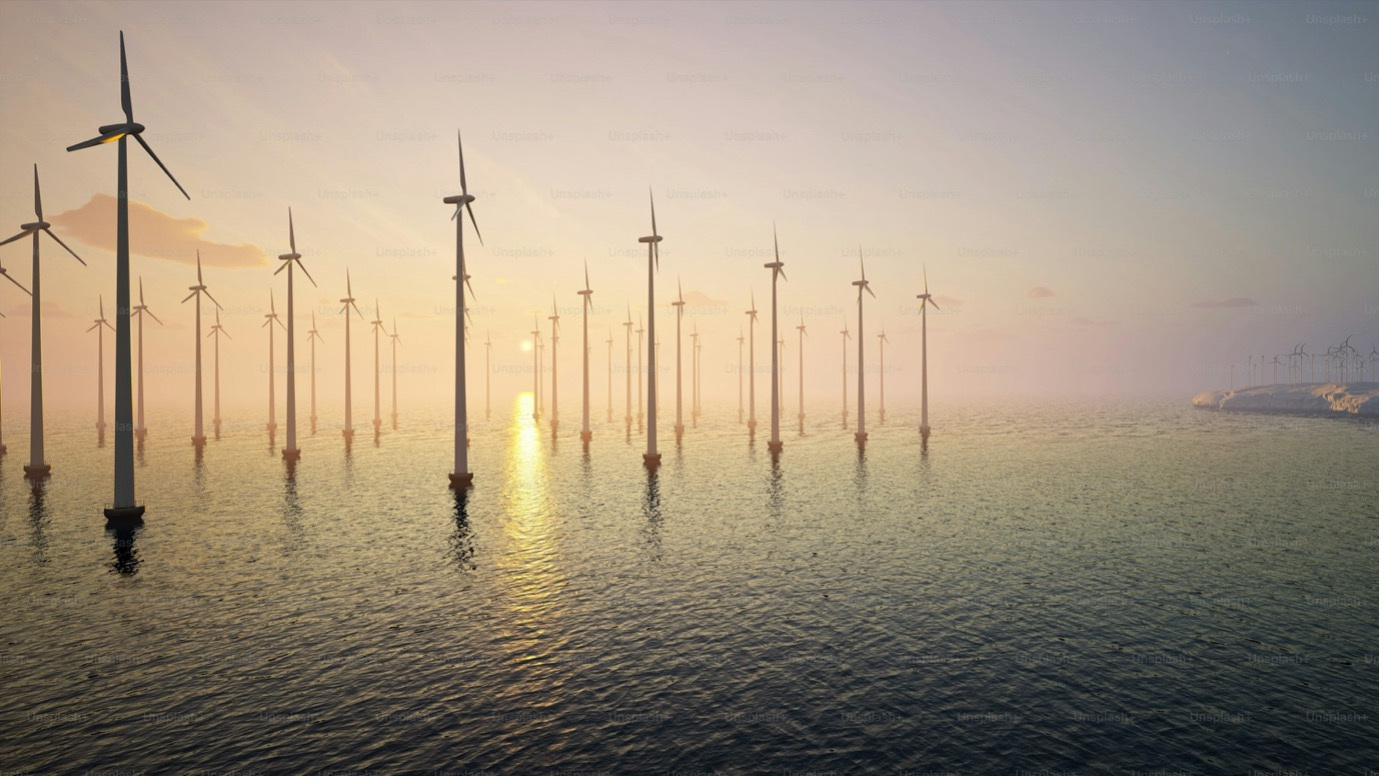Change was the rallying cry of the Labour Party throughout the General Election, and they have certainly delivered on that promise by signalling a seismic shift in the country’s energy policy.
2023 was deemed the “biggest clean energy disaster in years” as the annual offshore wind auction held by the Government, which awards contracts to generate renewable electricity for 15 years at a set price, failed to attract a single bidder. They claimed that the Conservative Government, who were responsible for setting the price of the auction, had set the subsidy price too low and failed to take into account rising costs related to inflation. Commentators warned that the result could mean the UK missing out on billions of investment and increasing the cost of household energy bills.
Fast forward a year, and the landscape looks entirely different. Ed Miliband has announced a 50% increase in the budget for this year’s subsidy contract auction, reaching a record £1.56 billion. About two-thirds of this budget is earmarked for offshore wind energy, as Labour aims to add 3,000-4,000 wind turbines to Britain’s coastal waters by 2030. The current owners of the UK’s burgeoning coastal wind farms are assumedly already preparing their next budget submissions to DESNZ.
This is just one of a series of bold energy policy moves the Labour Government has announced alongside the creation of Great British Energy in July. An immediate partnership between the new entity and the Crown Estate, the official owner of Britain’s seabed and the landlord of the country’s offshore wind farms, is expected to drastically speed up the planning process for wind farms. Tasked with mapping ground conditions, consulting communities and securing grid connections, the Crown Estate can conduct the early stages of development before working with GB Energy to sell the site to private firms.
It is also a partnership that enables GB Energy to focus on its primary objective of decarbonising the UK’s power sector. Using its £8.3bn budget, GB Energy hopes to crowd in an additional £60 billion to invest in developing technologies, as well as more traditional methods such as wind and solar. Companies researching more efficient methods of carbon capture, less environmentally damaging tidal energy or cheaper forms of hydrogen energy are all being targeted for investment. They simply have to make themselves known.
How long the company remains solely an investment vehicle, however, remains to be seen. Ed Miliband has ambitious plans, envisioning a secondary role for the company in investing in ports and clean energy supply chains and unlocking strategic bottlenecks to speed up delivery. You can picture Miliband’s vision of wind farms and carbon capture centres across the country being owned and operated solely by GB Energy in the near future.
It all leads to the dream Miliband set out in his foreword statement for GB Energy. A dream for “a new national champion.” A British Vattenfall or Ørsted, if you will. An entity that creates highly skilled jobs and supports billpayers across the country, with the prospect of becoming a modern-day NHS that becomes engrained in the national psyche.
However, the prospect of a fully-fledged national energy champion could have significant implications across the economy.
Although GB Energy is nominally independent, with the company making its own investment decisions, the government will set its objectives. If Labour's inclination toward a larger state prevails, the company's focus could quickly shift from its initial goal of attracting private investment. Instead, GB Energy might be directed to prioritise short-term objectives, such as reducing consumer energy bills. If that were to be the case, Labour could soon face the reality that, at this point, oil and gas prices still have a greater impact on energy costs than renewables.
Additionally, GB Energy could be made to prioritise creating the 650,000 new high-skilled industrial jobs Labour promised the entity would create. Yet, with Britain currently facing a relatively tight job market, this expansion could lead to a contraction in other industries, necessitating extensive retraining efforts. More concerning is the possibility that if GB Energy retains stakes in offshore wind farms or other emerging technologies, in its role as a ‘national champion,’ it might inadvertently discourage the very private investment it seeks to attract.
As such, media commentators remain divided, from devout supporters to sceptics of big-state involvement. In the short term, as GB Energy bridges the funding gap and reduces risks for private investors in energy start-ups, Britain could see a flourishing of new energy technologies, diversifying its energy portfolio and enhancing energy security. But in the long run, could Labour’s inclination towards state control create a national energy giant that marginalises private sector involvement?
One thing is clear: Labour is bringing significant change to Britain’s energy landscape. If they are to succeed, it must be driven by a partnership of the public and private sector. Now is the time for industry experts to make their voice heard and help shape the future of energy in the UK for decades. 
